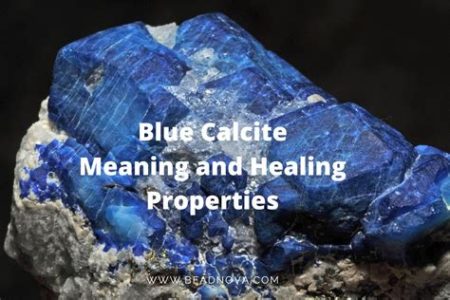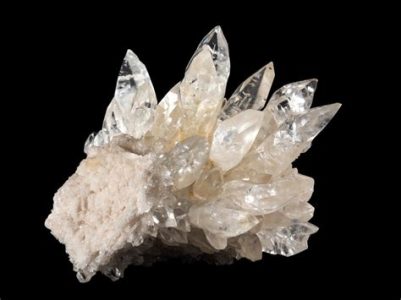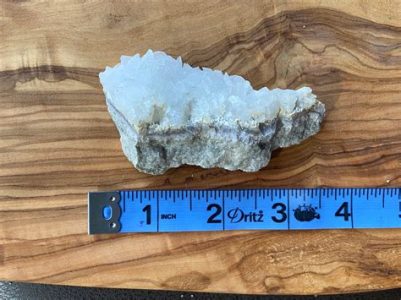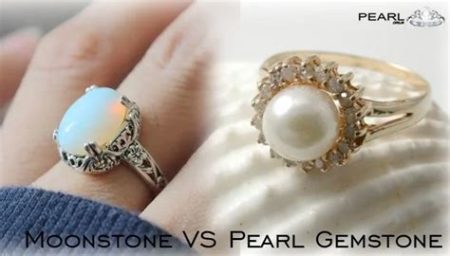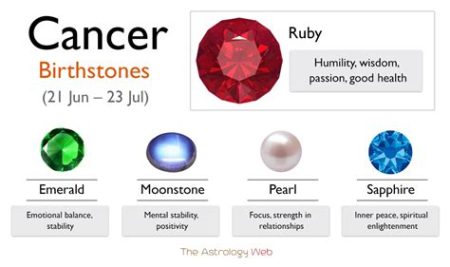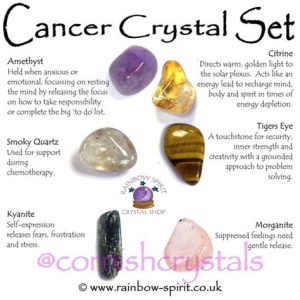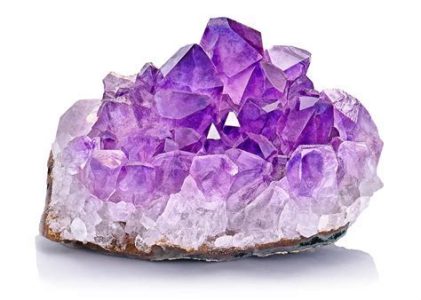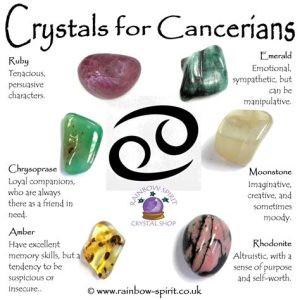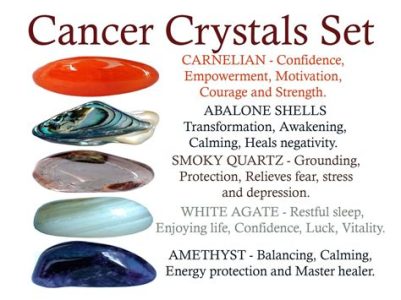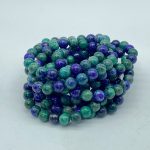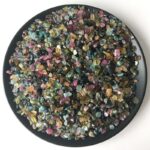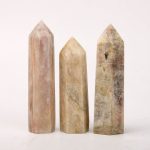What are Crystals?
Crystals are solid materials with a highly ordered and repeating arrangement of atoms, molecules, or ions. They exhibit beautiful and unique geometric forms.

Why Recognize Crystals?
Recognizing crystals is crucial for various reasons:
- Scientific Research: Crystals are studied to gain insights into their structure, properties, and applications.
- Gemology: Identifying crystals helps determine their value and authenticity in the gemstone industry.
- Healing and Spirituality: Some believe crystals possess healing properties and are used for spiritual practices.
How to Recognize Crystals
1. Shape and Form
Crystals come in diverse shapes, including cubes, prisms, octahedrons, and more. Observe the overall form and symmetry.
2. Color and Transparency
Crystals exhibit a wide range of colors and transparency. Note the hue, saturation, and whether the crystal is transparent, translucent, or opaque.
3. Hardness
The Mohs scale measures the hardness of minerals from 1 (softest) to 10 (hardest). Test the crystal’s resistance to scratches using a known reference point.
4. Cleavage and Fracture
Cleavage refers to the tendency of a crystal to break along specific planes. Fracture, on the other hand, occurs randomly. Examine how the crystal breaks.
5. Luster
Luster describes how light reflects off the crystal’s surface. It can be metallic, vitreous, pearly, or greasy. Note the shine and appearance.
6. Streak
The streak is the color of a mineral when it is powdered. To test the streak, rub the crystal on an unglazed porcelain plate.
7. Double Refraction
Double refraction is a property of some crystals that causes light to split into two beams. Look through the crystal at an object and observe if the image is doubled.
8. Optical Effects
Certain crystals exhibit optical effects such as fluorescence, phosphorescence, or iridescence. Expose the crystal to different light sources and observe the effects.
9. Density
Density refers to the mass of a substance per unit volume. Calculate the crystal’s density by dividing its mass by its volume.
10. Inclusions
Inclusions are impurities or foreign substances trapped within the crystal. Examine the crystal under a microscope to identify any inclusions.
Comparisons: Natural vs. Synthetic Crystals
| Feature | Natural Crystals | Synthetic Crystals |
|---|---|---|
| Formation | Created over millions of years in nature | Produced in a laboratory |
| Appearance | Unique and slightly irregular | Often more perfect and symmetrical |
| Value | Higher due to their rarity and natural formation | Lower due to mass production |
| Healing and Spiritual Properties | Believed to possess inherent energy | May not have the same spiritual significance |
Beyond Recognition: Enhancing Crystal Appreciation
1. Crystexology: This field explores the scientific and metaphysical properties of crystals, including their healing and spiritual applications.
2. Crystalography: A branch of crystallography focuses specifically on the mathematical and geometrical aspects of crystal structures.
3. Crystal Alchemy: A practice that combines crystal knowledge with alchemy to create new crystal applications and transformative experiences.
Case Detail: Amethyst vs. Purple Quartz
Amethyst:
- Deep purple color
- Mohs hardness: 7
- Trigonal crystal system
- Associated with spiritual growth and protection
Purple Quartz:
- Light purple color
- Mohs hardness: 7
- Trigonal crystal system
- Laboratory-produced or heat-treated
- Lacks the metaphysical properties of amethyst
FAQs:
-
What is the difference between a crystal and a mineral?
– All crystals are minerals, but not all minerals are crystals. Crystals exhibit a highly ordered arrangement, while minerals refer to naturally occurring inorganic substances. -
Can I use crystals to heal myself?
– While some believe in the healing properties of crystals, there is no scientific evidence to support these claims. -
How do I care for my crystals?
– Crystals can be cleaned using mild soap and water or by smudging them with sage. Avoid exposing them to extreme temperatures or harsh chemicals.
Effective Strategies for Crystal Recognition
- Consult field guides and online databases
- Attend workshops and classes
- Join crystal clubs and forums
- Leverage technology, such as crystal recognition apps
- Seek guidance from experienced crystal enthusiasts
Conclusion
Recognizing crystals empowers you to understand their unique characteristics, appreciate their beauty, and potentially utilize them for scientific, gemological, or spiritual purposes. By following these 10 ultimate ways, you can expand your knowledge of crystals and embark on a journey of discovery and appreciation.


